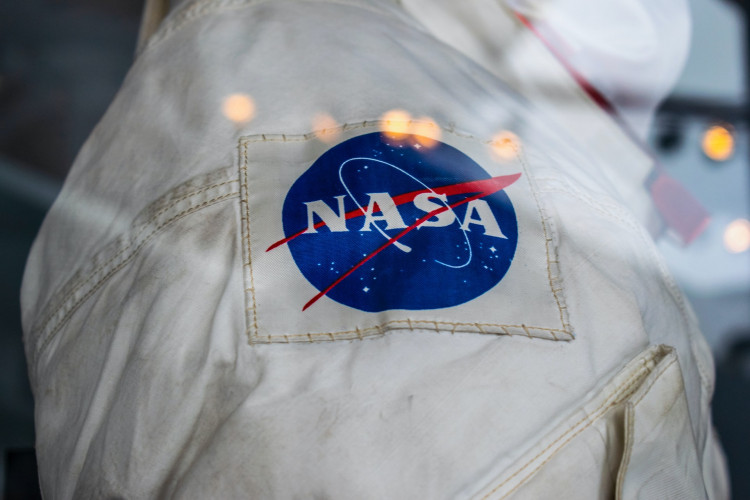NASA officials said Monday that the White House has sought a $26 billion budget for the agency in 2023 to fund Artemis lunar landings, Earth science, and other operations as the agency works toward sending people to Mars by 2040.
"Our goal is to apply what we've learned living and operating on the moon and continue then out into the solar system. Our plan is for humans to walk on Mars by 2040," agency administrator Bill Nelson said during his livestreamed State of NASA address Monday afternoon.
While the NASA funding is intended in part to promote the Artemis program to land people on the moon, the program's figures and timing reveal a gap in human landings later in the 2020s.
Moon and Mars exploration, space technology, and Earth science are among the objectives of the Biden administration's budget plan, which requests an increase of $1.93 billion (or 8%) over NASA's 2022 budget.
The agency's Artemis 1 moon rocket, which lies atop the launch pad at NASA's Kennedy Space Center in Florida, served as a backdrop for Nelson's speech. Depending on the results of a "wet dress rehearsal" countdown, the mission will launch no sooner than May. If NASA's plans are carried out, an Artemis 2 crewed round-the-moon mission will launch in 2024, followed by an Artemis 3 human landing mission in 2025.
The first moon landing is more likely to happen in 2026, according to NASA's inspector general, but even if everything goes according to plan, the new budget documents show a three-year gap between landings.
According to a publicly available "moon to Mars planning manifest," the next human landing will be Artemis 5 in 2028, three years after Artemis 3. Then, with Artemis 6, 7, and 8, crewed landings are scheduled for 2029, 2030, and 2031. NASA looks to want to utilize a 2027 launch to assist build out its Gateway moon space station, but there are no scheduled launches for either the moon or Gateway in 2026.
NASA said in a budget conference call with reporters late Monday (March 28) that the three-year break between Artemis 3 and Artemis 5 will allow the agency to evaluate the performance of HLS, which will involve SpaceX and another business following a new selection process revealed last week.
Meanwhile, NASA has stated that ISS-Russia relations are normal. Russia, on the other hand, has been kicked out of a slew of high-profile international space programs in recent weeks as a result of its invasion of Ukraine on February 24.
The budget reflects NASA's desire to begin creating next-generation space stations to replace the aging ISS; the sums are modest, but the relevant proportion has doubled. Future space stations will receive $224 million in fiscal 2023, more than double the $102 million requested in fiscal 2022.


